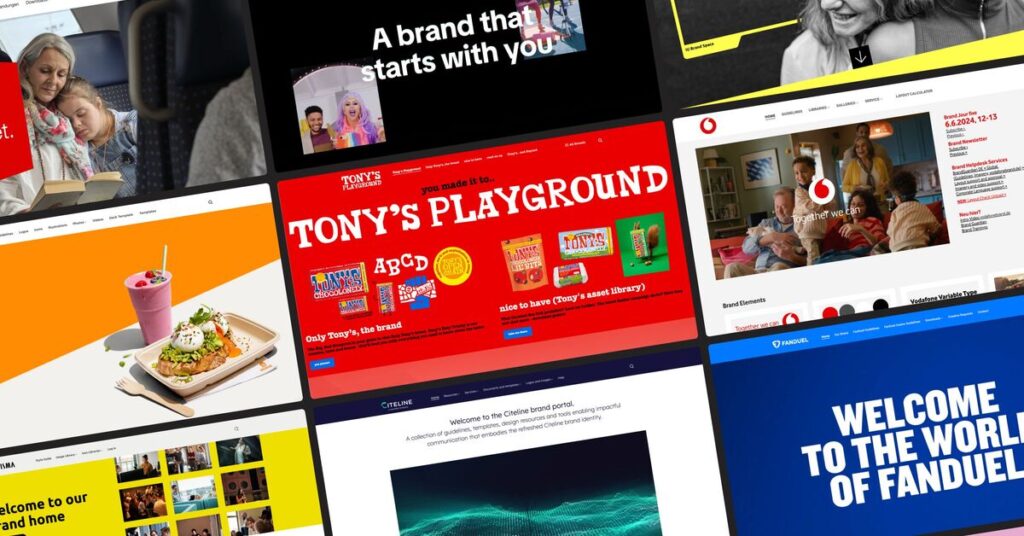Have you ever wondered what makes a brand truly special? Is it the captivating logo or the compelling story behind it? In today’s marketing landscape, the concept of ‘heritage branding’ holds the key to creating a lasting impression on consumers. Let’s delve into the world of heritage brands and unravel its potential to elevate your business to new heights.
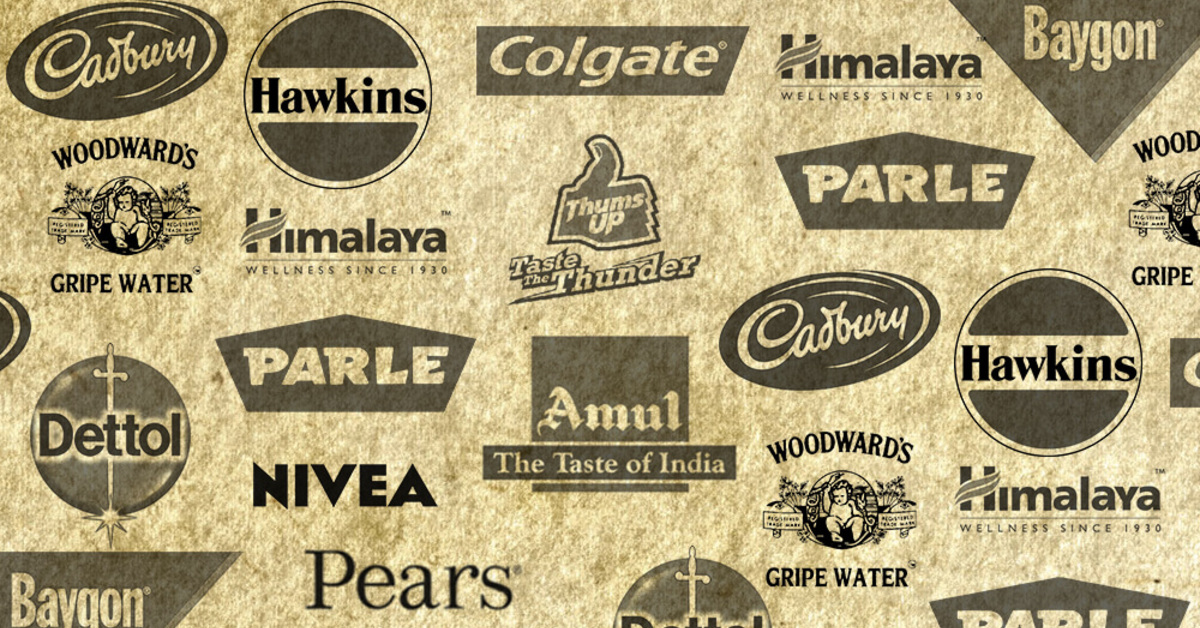
Heritage Branding
Heritage brands are those with rich, enduring legacies, deeply intertwined with an era, a place, or a culture. They represent a unique identity that resonates with consumers on a profound level. Heritage branding is a powerful tool that can help businesses build sustainable brands that resonate with customers. Heritage brands are often characterized by their rich heritage and deep ties to a specific era, place, or culture. They are more than just logos and advertisements; they are a reflection of the brand’s history, mission, values, vision, and personality.
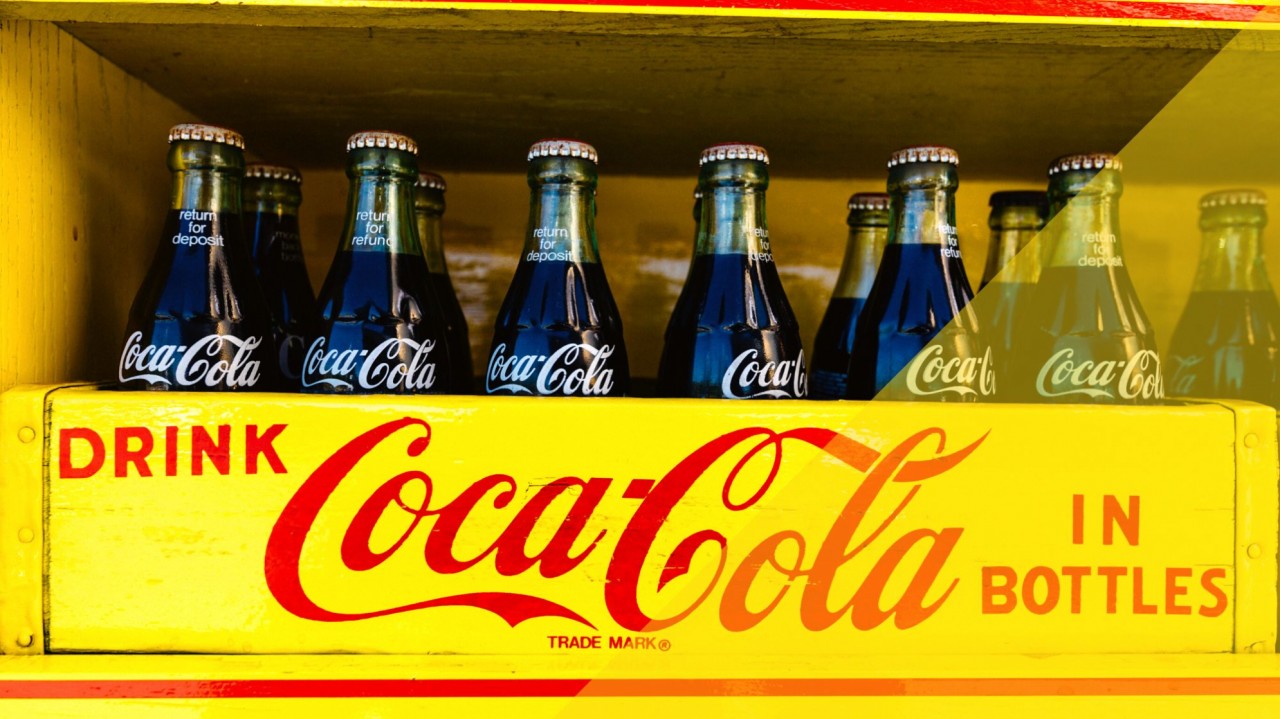
Heritage brands are often family-owned or operated, adding a layer of authenticity that is hard to replicate. This authenticity is the core of a brand, and heritage brands tap into this by leveraging their history and culture. This connection to the past provides a unique value proposition to help brands establish a deeper connection with their audience and earn their trust.
Creating a Visual Identity Through Heritage Branding
Creating a visual identity that represents a brand’s heritage is a crucial aspect of heritage branding. This visual identity tells the brand’s story in a way that is engaging and meaningful, without overloading the audience with unnecessary clutter.
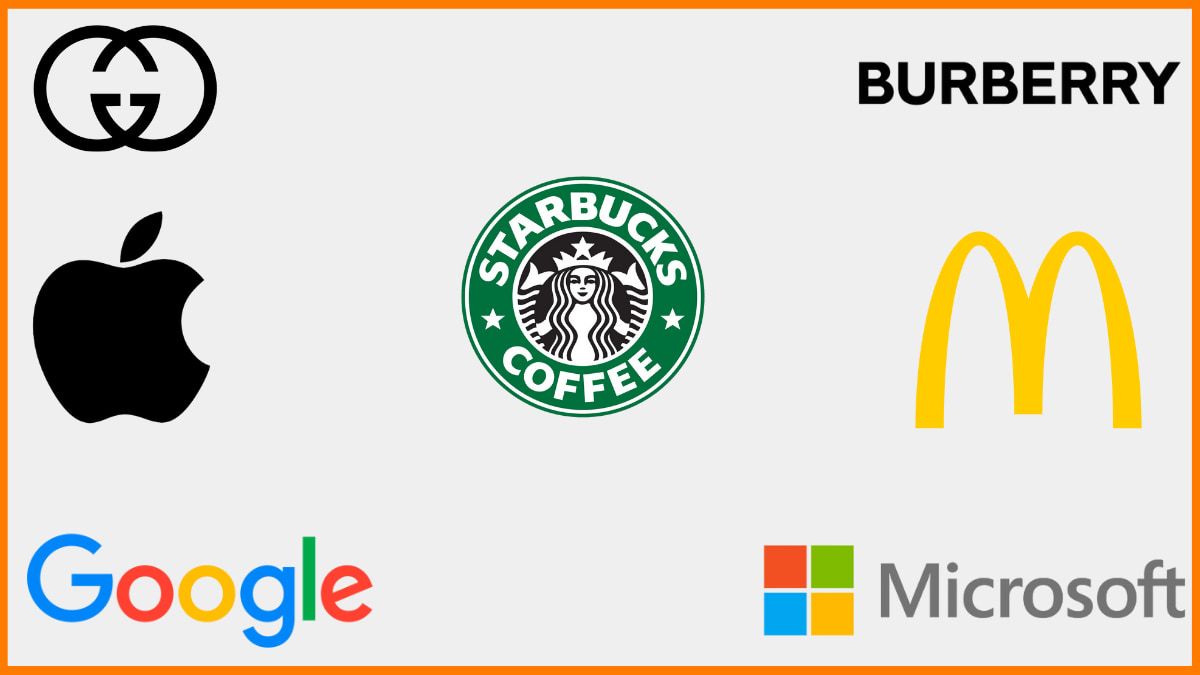
A brand’s visual identity needs to be carefully designed, developed, and marketed to customers. It should reflect the brand’s history, heritage, and values, and it should be unique and special to the product or service that the brand offers.
Harnessing the Power of Nostalgia
Nostalgia is a powerful emotion that can help heritage brands to connect with their customers and differentiate themselves from their competitors. By using nostalgia in their marketing campaigns, heritage brands can reinforce their emotional bond with their existing customers, attract new customers, and revitalize their brand image. However, nostalgia should be used carefully and strategically, as it can also backfire if it is perceived as manipulative, irrelevant, or inconsistent with the brand’s identity.
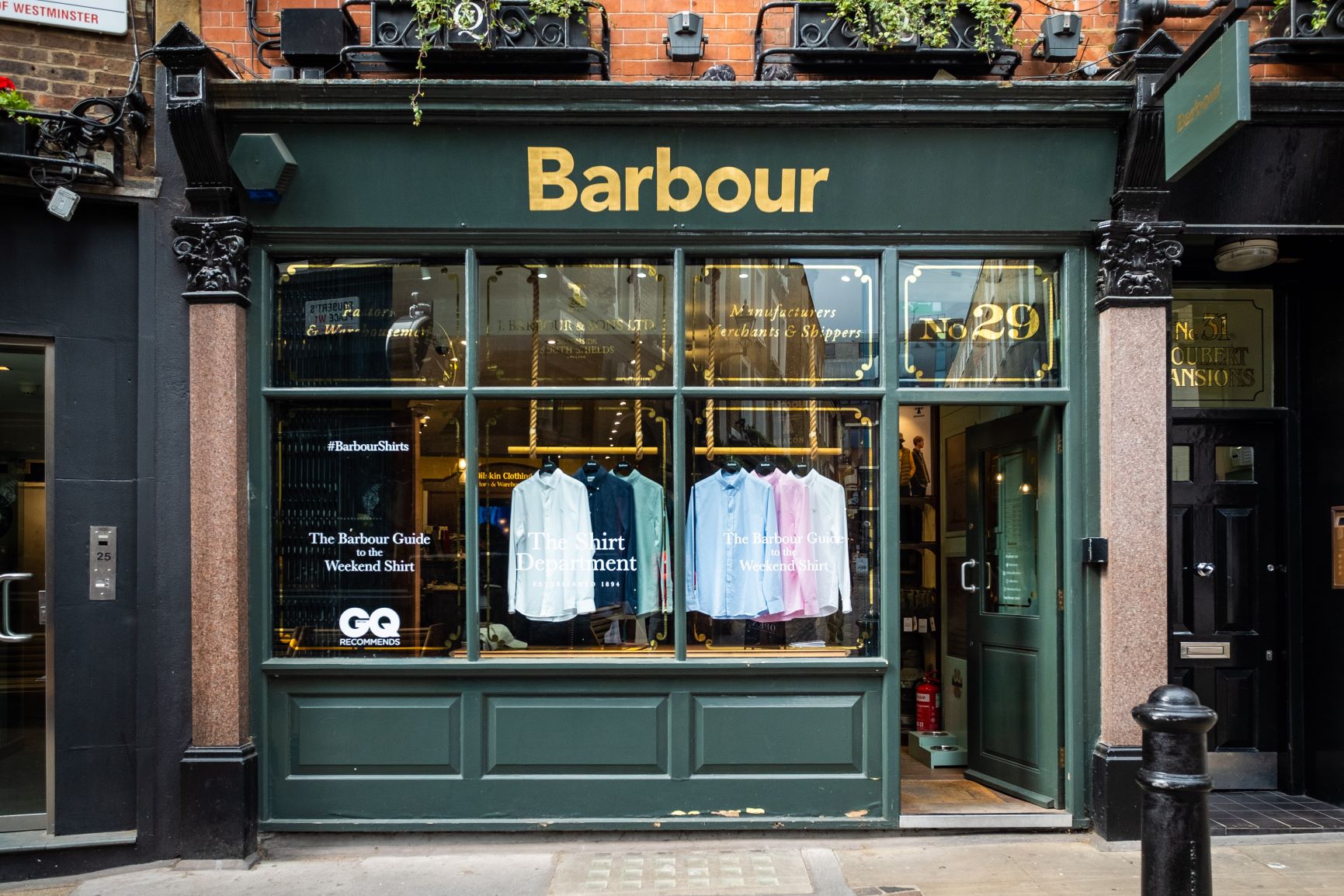
The Impact of Heritage Branding on Consumer Trust
Brands with authentic value propositions are more likely to earn the trust of their consumers. By tapping into their heritage and history, brands can create a unique and authentic brand identity that resonates with their audience.
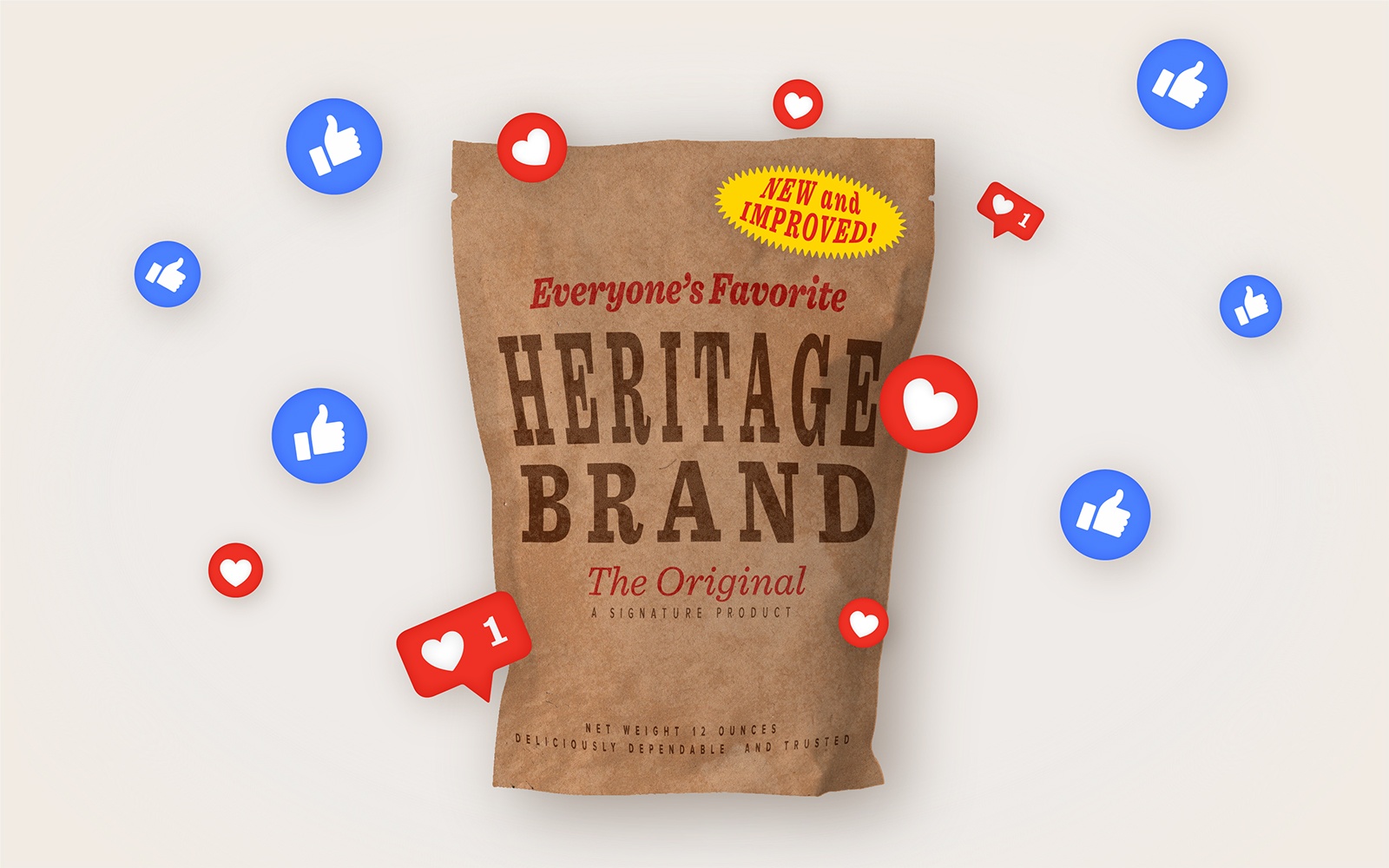
Heritage branding is critical for building this trust. It allows brands to showcase their authenticity and establish a deeper connection with their audience. This connection can lead to increased customer loyalty and a sustainable brand that will continue to be a favorite among customers.
Crafting Your Heritage Brands: A Step-by-Step Guide
Building a heritage brand entails more than just creating a logo or running advertising campaigns. It’s about infusing authenticity and a sense of history into your brand identity. To embark on this transformative journey, consider the following steps:
- Understand what you want from your brand identity
- Define your target market
- Understand the “why” behind your brand
- Start at the beginning, not the end
- Find your unique point of view
- Design your identity with empathy
- Be consistent but not monotonous
- Keep it simple
- Be unique and memorable
- Have fun and continually evolve
- Make it easy for people to be fans
By aligning your brand with these principles, you can create a heritage brand that captivates and resonates with your audience.
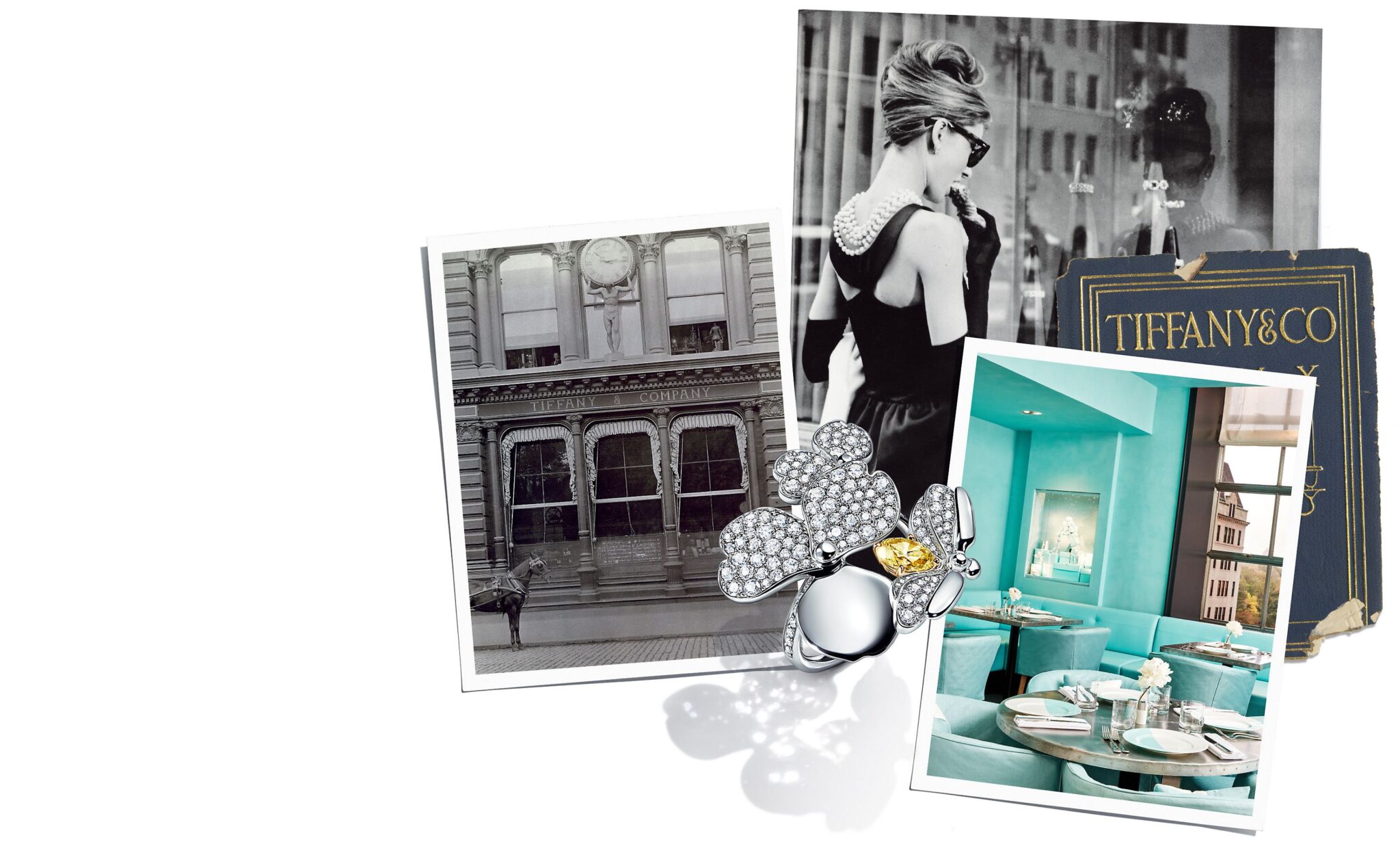
Examples of Some Famous Heritage Brands
Here are some examples of heritage brands and their branding strategies:
Levi’s
Levi’s is one of the oldest and most iconic American brands, founded in 1853. The brand is known for its denim products, especially the 501 jeans, which have been worn by generations of celebrities, rebels, and workers. Levi’s leverages its heritage to emphasize its durability, innovation, and cultural relevance. They also collaborate with other brands, such as Supreme and Nike, to appeal to younger and more diverse audiences.
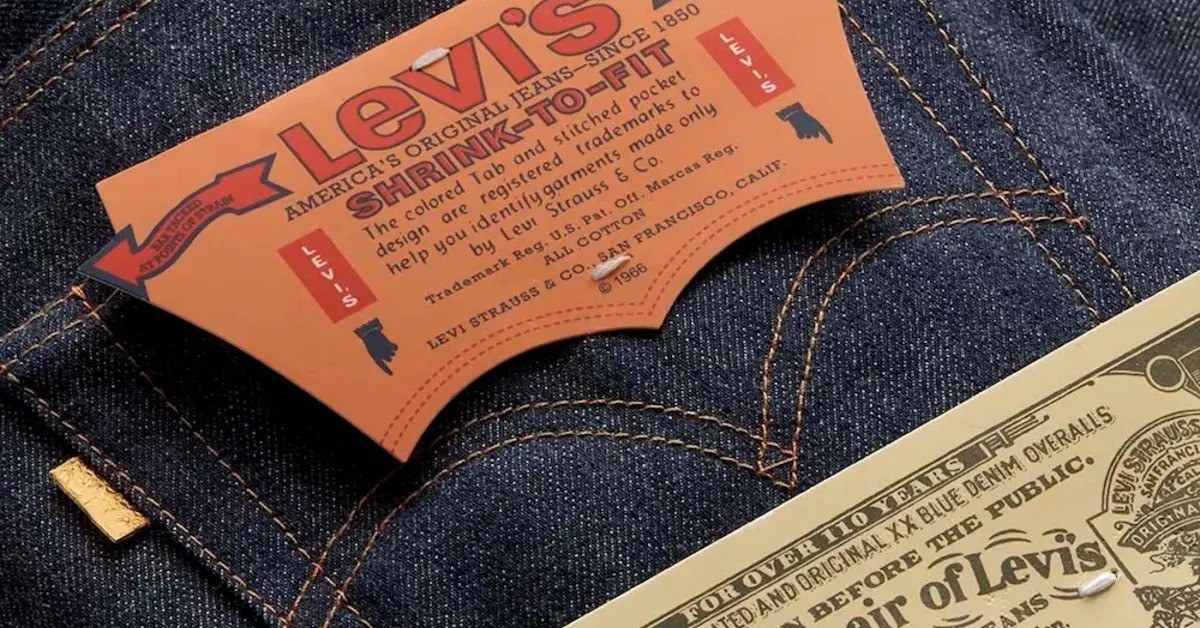
Ferrari
Ferrari is an Italian luxury sports car brand that was founded in 1939 by Enzo Ferrari, who was passionate about racing and engineering. Ferrari make use of their heritage in highlighting their performance, design, and innovation. The brand also creates a sense of exclusivity and prestige, by limiting its production and creating waiting lists for its customers.
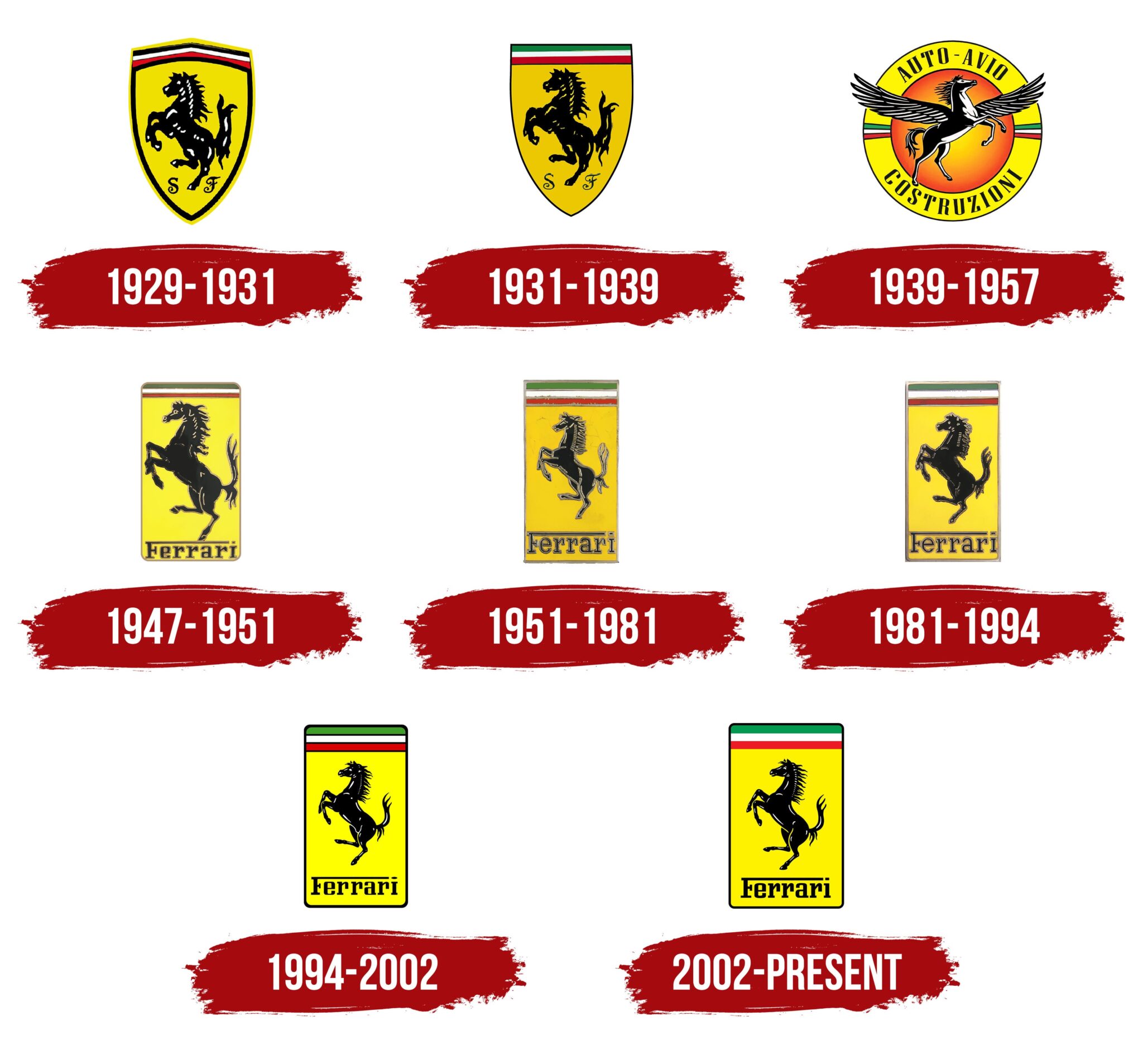
Tiffany & Co.
Tiffany & Co. is an American jewelry and luxury goods brand that was founded in 1837 by Charles Lewis Tiffany, who introduced the Tiffany Setting, the iconic engagement ring with a six-prong solitaire diamond. Tiffany & Co. uses its heritage to convey its elegance, quality, and romance. The brand also leverages its cultural influence, such as its association with the movie Breakfast at Tiffany’s and its iconic blue box and ribbon.

Lacoste
Lacoste is a French clothing and lifestyle brand that was founded in 1933 by René Lacoste, a tennis champion who invented the polo shirt. Lacoste, by drawing on its heritage showcases its sporty, casual, and chic style. The brand also emphasizes its values of innovation, elegance, and audacity. It also adapts to changing consumer preferences, such as launching sustainable collections and digital campaigns.
Bottomline
Heritage branding is more than just a marketing trend; it’s a philosophy, a mission, and a way of living. It’s about leaving a legacy of positive change and standing for something meaningful. By incorporating these insights into your brand strategy, you can transform your business into a cherished and enduring heritage brand. Embrace the ethos of heritage branding and become a new favorite for your customers.
Also Read: Enriching Digital Brand Experiences: How Haptic Branding Can Help Expand Brand Impact?
